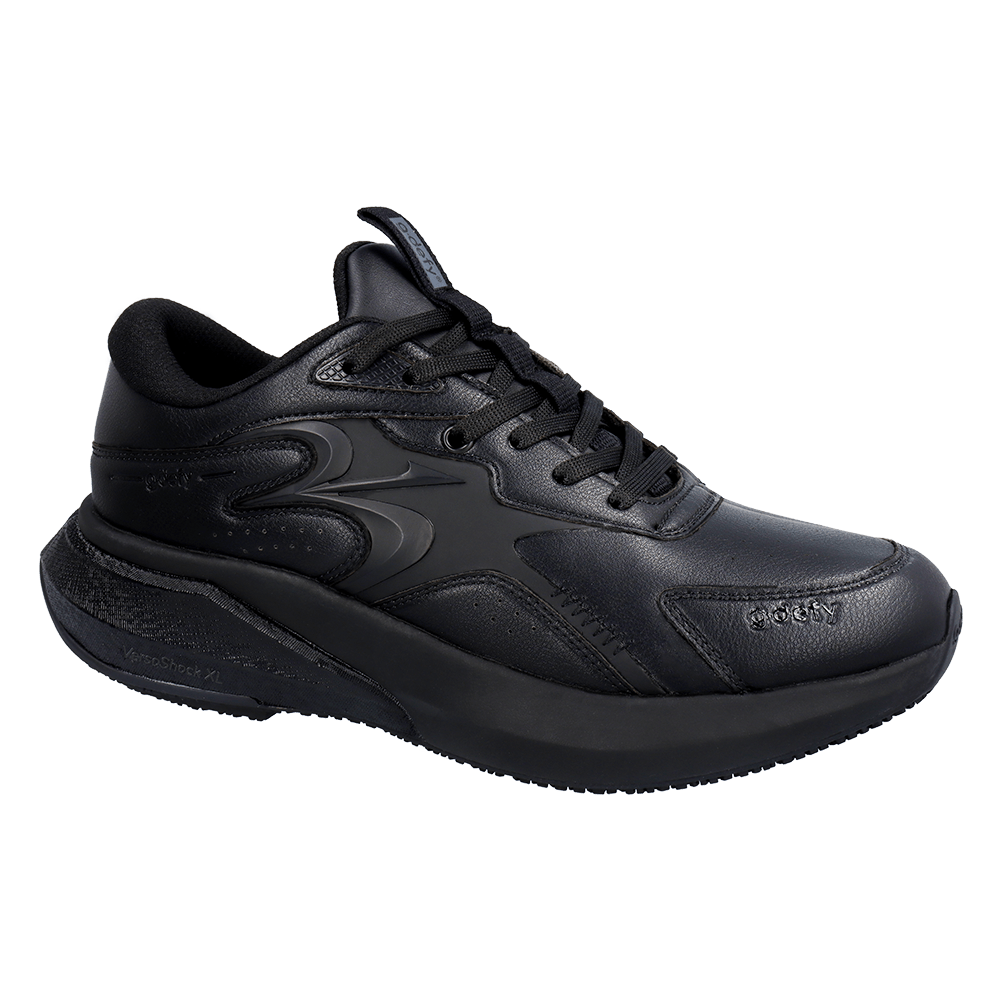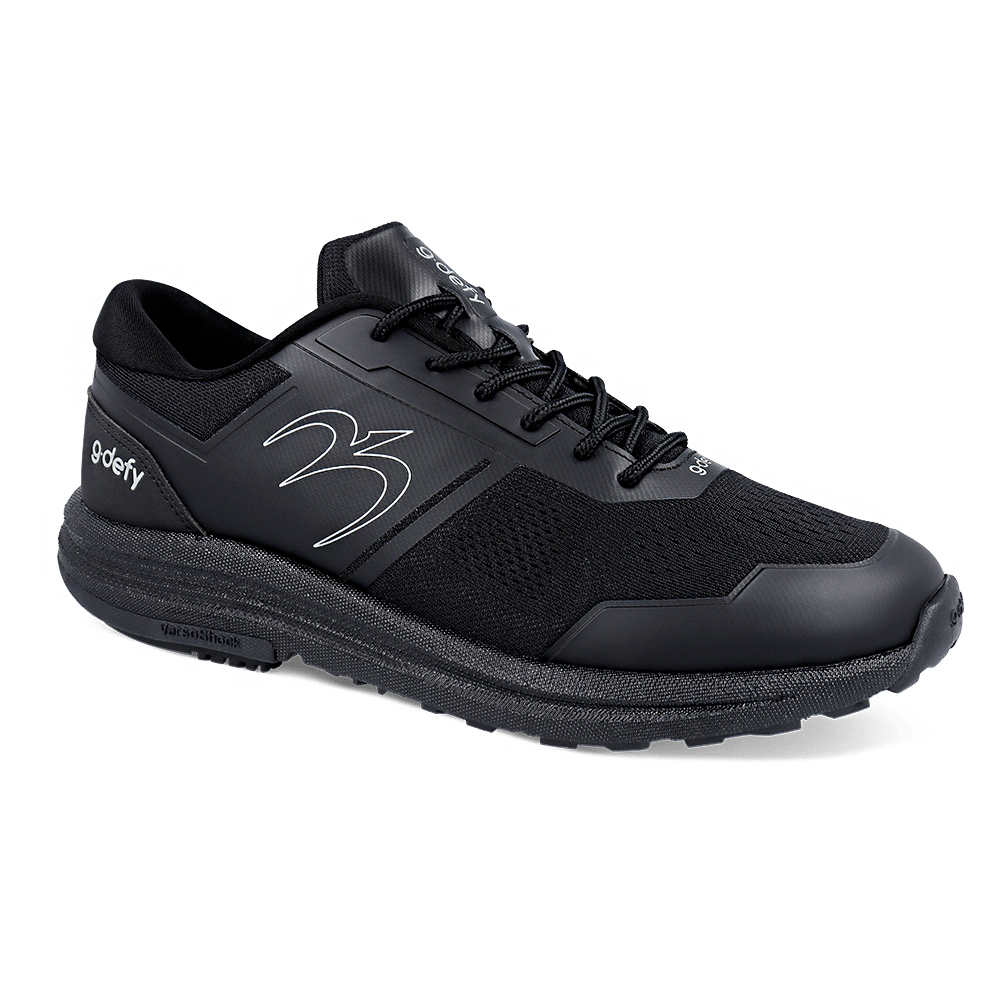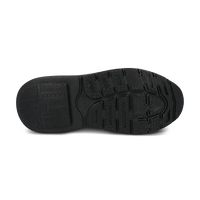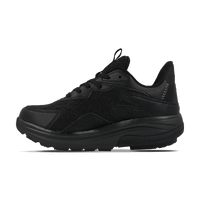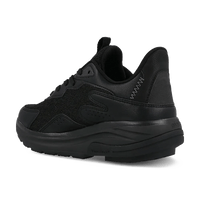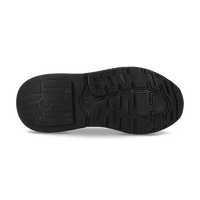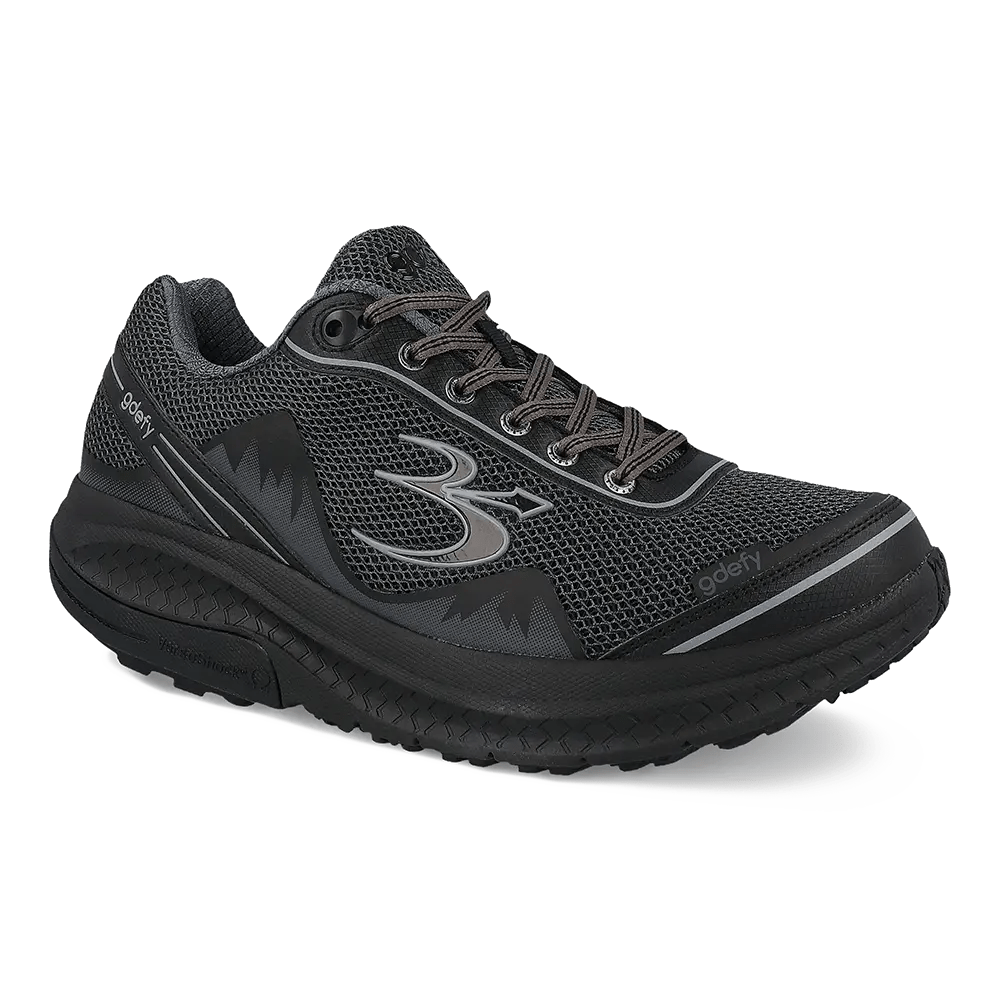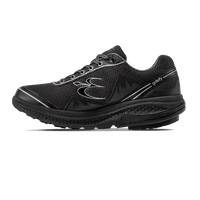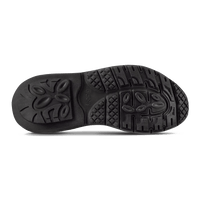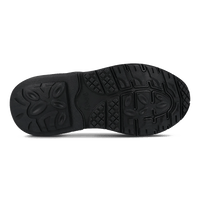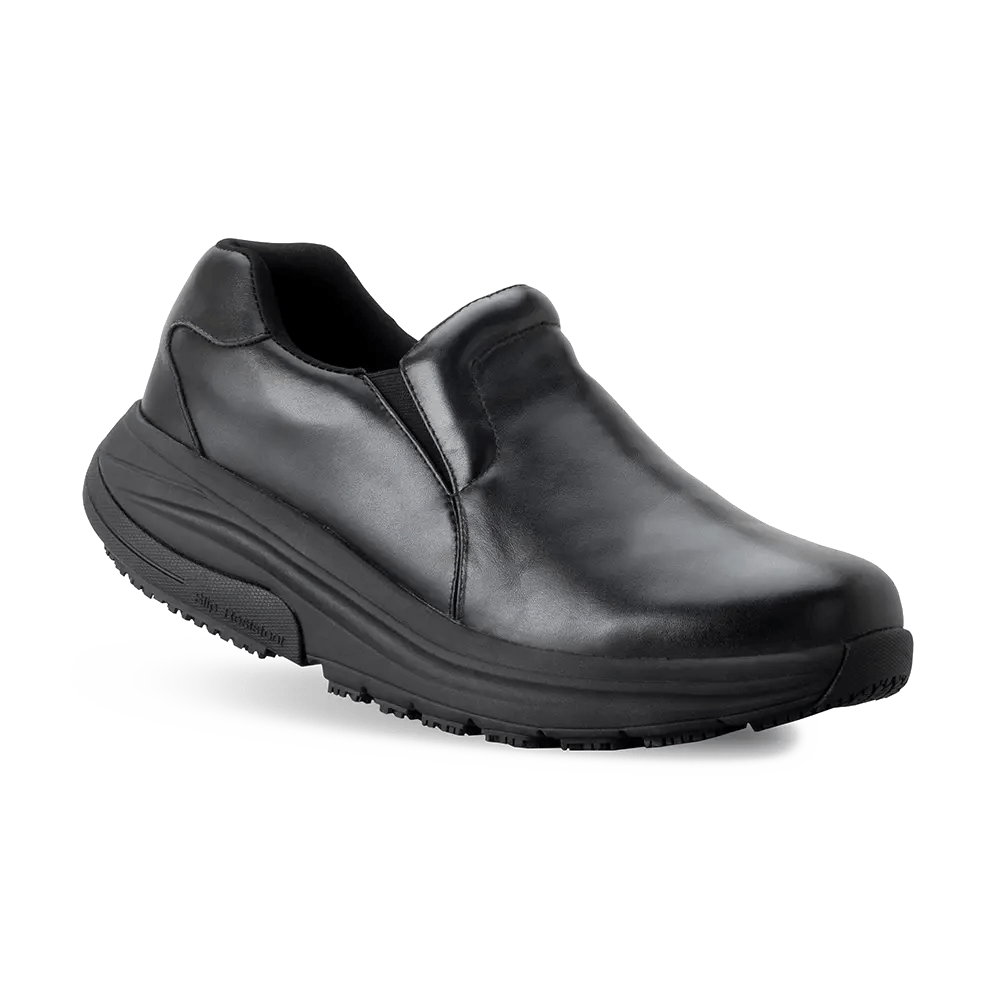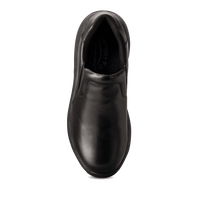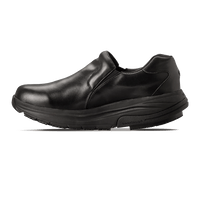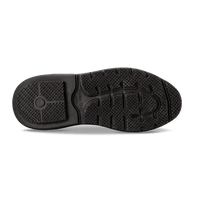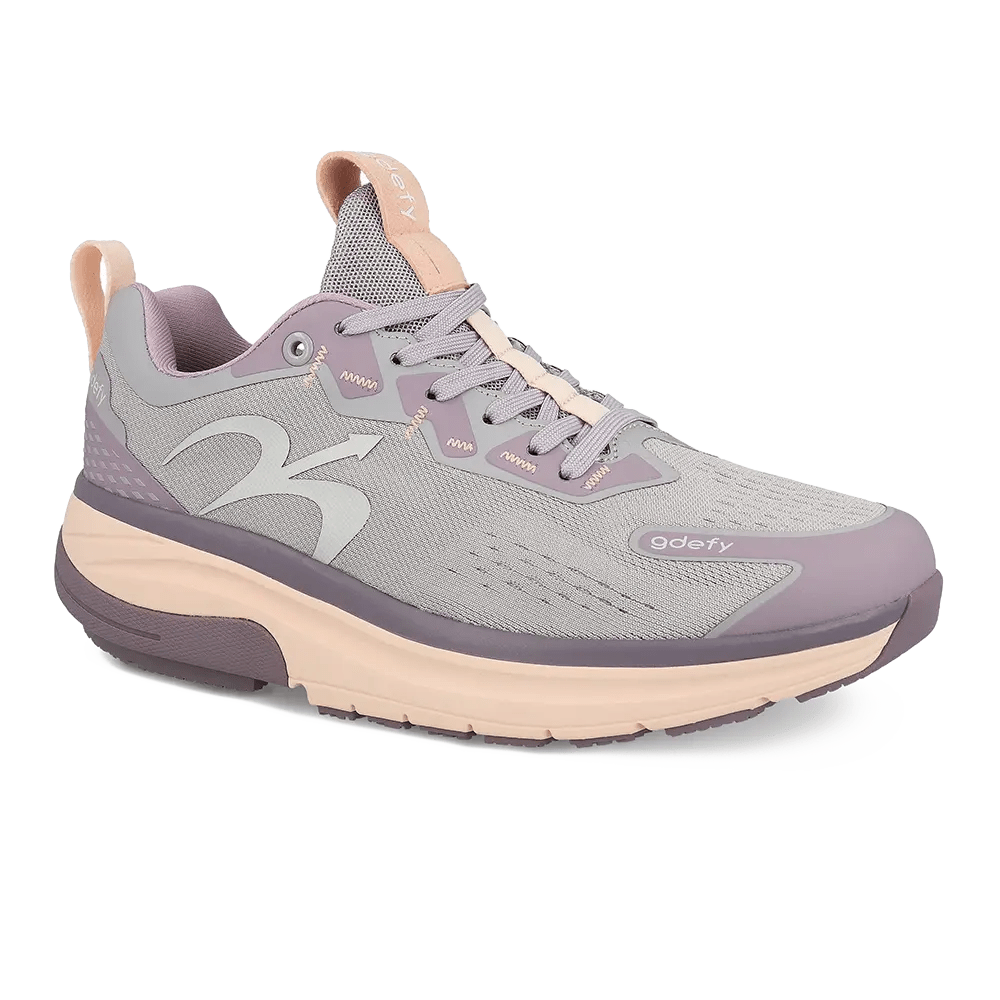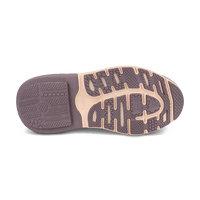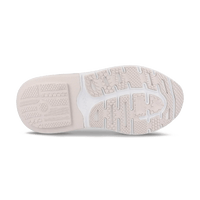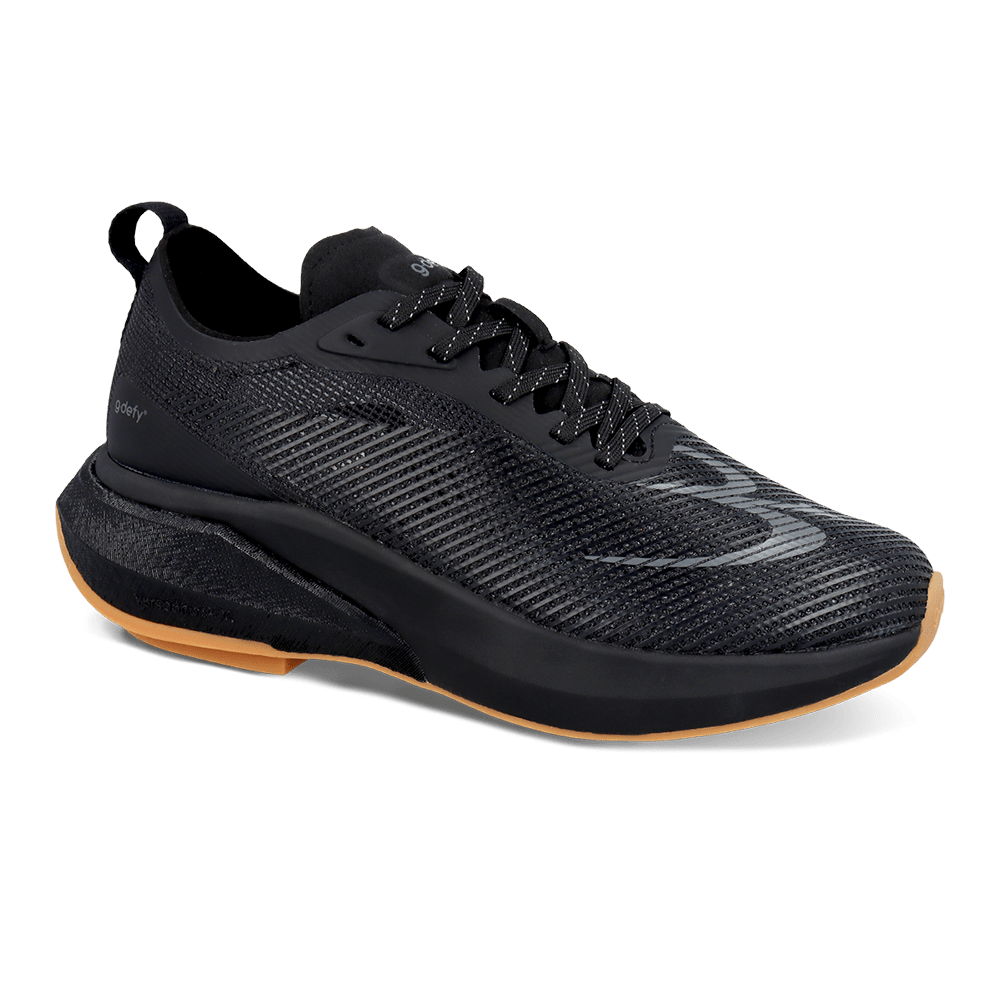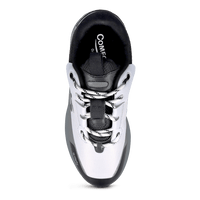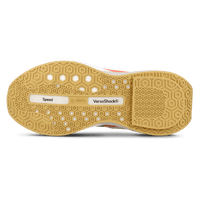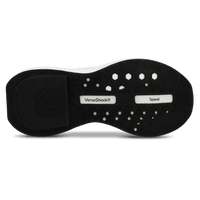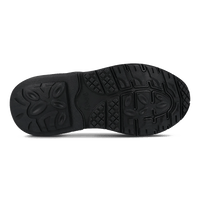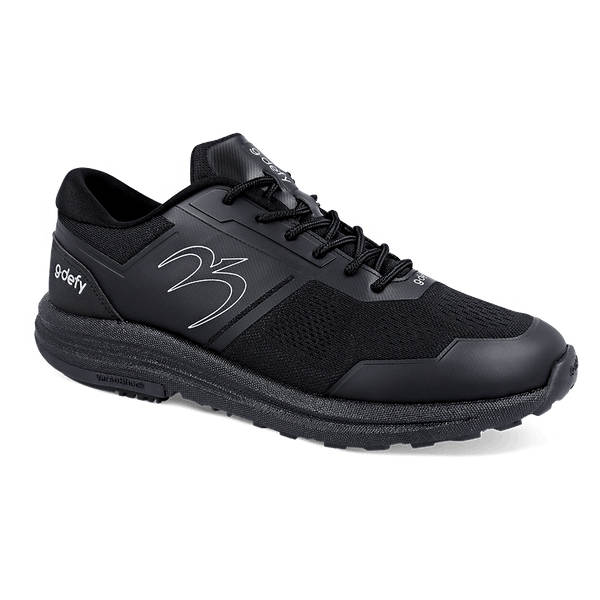August 03, 2025
Benefits of Wearing Diabetic Shoes Daily
By Gdefy

Summary
What Are Diabetic Shoes?
Diabetic shoes are specialized footwear designed specifically for those with diabetes. They help to mitigate common foot problems associated with the disease.
These shoes feature wider and deeper designs to accommodate diabetic foot orthotics. This extra space helps in preventing injuries caused by friction or pressure.
A key aspect of diabetic shoes is their use of breathable materials. This helps in keeping feet dry, reducing the risk of infections significantly.
Main Features of Diabetic Shoes:
-
Extra depth and width
-
Breathable materials
-
Minimal seams and soft linings
-
Supportive insoles for cushioning
Diabetic shoes often come with removable insoles, allowing for customization and better support. This is especially beneficial for those who require orthotic inserts.
These shoes are designed to provide both protection and style, helping individuals maintain an active lifestyle with fewer complications.
Why Diabetic Shoes Matter: The Risks of Regular Footwear
Regular shoes might not provide the support and protection needed for diabetic feet. This lack can increase the risk of foot injuries and complications. Diabetic individuals often face challenges like poor circulation and neuropathy. Wearing ordinary shoes can make these issues worse, potentially leading to serious problems.
Regular footwear often lacks the depth and width needed for diabetic care. These deficiencies can cause chafing and blisters, which may progress to ulcers.
Risks of Wearing Regular Shoes:
-
Increased risk of foot ulcers
-
Lack of proper support and cushioning
-
Poor fit leading to blisters
-
Inadequate breathability leading to infections
Diabetic shoes are crafted to minimize these risks. Using them daily can significantly contribute to maintaining foot health. Transitioning to diabetic footwear can be a preventative strategy, offering peace of mind along with comfort.
Key Benefits of Wearing Diabetic Shoes Daily
Wearing diabetic shoes daily offers numerous benefits for individuals with diabetes. These specialized shoes are designed to address specific needs and offer enhanced foot protection. They play a vital role in maintaining foot health and preventing complications.
Diabetic shoes provide superior support and cushioning compared to regular footwear. This support reduces pressure points and helps alleviate foot pain. The shoes' design minimizes the risk of skin breakdown, a common issue for diabetics.
Primary Benefits Include:
-
Prevention of foot ulcers
-
Reduction of pressure sores
-
Improved comfort and fit
Furthermore, diabetic shoes are made from breathable materials. This helps keep feet dry, reducing the risk of infections. They are designed with minimal seams to prevent irritation and friction.
Wider designs accommodate swelling and irregularities, providing a customized fit. This reduces the risk of constriction and promotes better blood circulation. Additionally, these shoes can be paired with orthotic inserts for added support.
Additional Advantages:
-
Accommodation for orthotic insoles
-
Enhanced stability and balance
-
Stylish designs for various occasions
Regular use of diabetic shoes contributes to overall mobility and quality of life. They are recommended by healthcare professionals and are often covered by Medicare. Investing in diabetic shoes is a proactive step towards managing diabetes effectively.
by Chris Haws (https://unsplash.com/@therook)
How Diabetic Shoes Help Prevent Foot Complications
Diabetic shoes are essential in preventing serious foot complications. They are crafted to address the unique needs of diabetic feet. These shoes can make a significant difference in foot health.
The careful design of diabetic shoes helps in reducing the occurrence of foot ulcers. With extra depth and wide fit, they accommodate foot deformities and swelling. This helps in preventing skin breakdown and pressure sores.
Key Preventive Features:
-
Seamless interiors to minimize irritation
-
Extra depth for custom orthotics
-
Breathable materials to keep feet dry
By maintaining a comfortable fit, diabetic shoes aid in stabilizing the feet. This stability is crucial for those with gait issues or nerve damage. The shoes' supportive nature helps in reducing stress and strain on the feet.
Regular use of diabetic shoes greatly reduces the risk of infections and amputations. Combining style with functionality, they are a must for anyone serious about managing diabetes.
by Brina Blum (https://unsplash.com/@brina_blum)
Features to Look for in the Best Diabetic Shoes
When searching for diabetic shoes, prioritize comfort and functionality. They should cater specifically to diabetic needs, offering essential support.
Must-Have Features:
-
Extra depth for added foot space
-
Cushioned insoles for shock absorption
A key aspect is the material. Opt for breathable materials to reduce moisture accumulation. Moisture can lead to infections, which diabetic feet are prone to.
Additional Considerations:
-
Non-slip soles to prevent falls
-
Minimal seams to reduce friction
Diabetic shoes should also allow for orthotic inserts if needed. This customization supports specific foot conditions like neuropathy. Selecting shoes with sturdy, supportive heels can further enhance stability.
Investing in the right pair of diabetic shoes can be transformative. With proper features, they can greatly enhance daily comfort and foot health.
by Wes Hicks (https://unsplash.com/@sickhews)
Diabetic Shoes for Men and Women: Styles and Options
Diabetic shoes are available in various styles to suit both men and women. They cater to different tastes without compromising on essential features.
Men's diabetic shoes often come in classic and sporty designs. They provide comfort and support throughout the day. For women, there are elegant and versatile options, ideal for work or casual outings.
Popular Styles:
-
Athletic sneakers for active lifestyles
-
Dress shoes for formal occasions
-
Casual options for everyday wear
These shoes are crafted to combine function and style. They ensure diabetics can enjoy daily activities with confidence and ease.
by Ty Smith (https://unsplash.com/@tysmith)
Diabetic Shoes for Neuropathy and Nerve Pain
Diabetic neuropathy affects many people with diabetes, causing discomfort and pain. Shoes designed for neuropathy help in reducing such symptoms significantly. They provide ample cushioning and support to protect sensitive feet.
Key features of these shoes include:
-
Soft, padded interiors to minimize friction
-
Extra-wide designs to reduce pressure
-
Non-slip soles for stability
Properly fitted diabetic shoes can ease nerve pain and improve mobility. They offer relief, ensuring everyday tasks remain manageable and comfortable.
How to Choose the Right Diabetic Shoes for You
Selecting the right diabetic shoes involves more than just style. Comfort and functionality should be your top priorities. Consider your specific foot conditions and daily needs.
Begin by identifying key features that suit you best:
-
Ensure shoes offer ample cushioning
-
Check if they accommodate orthotic inserts
-
Confirm they have a wide and deep toe box
Testing shoes for a proper fit is essential. Walk around the store or your home to see how they feel. Always prioritize comfort to ensure your feet remain protected from complications.
Where Can I Buy Diabetic Shoes? (In-Store, Online, and Medicare Options)
Finding the right place to purchase diabetic shoes can be crucial. Numerous options are available, ensuring accessibility and variety. Both local stores and online platforms offer diverse selections.
When considering where to buy, keep these options in mind:
-
Specialized shoe stores
-
Online marketplaces like Amazon
-
Healthcare providers and clinics
Additionally, Medicare may cover diabetic shoes for eligible individuals. Consult with your healthcare professional for guidance on coverage. This can significantly reduce the financial burden.
by brandy turner (https://unsplash.com/@brandyturner)
Tips for Getting the Most Out of Your Diabetic Shoes
Proper use of diabetic shoes is essential for maximum benefit. Consistent care can extend their lifespan and enhance comfort. Understanding care strategies can promote foot health.
To maintain your shoes' effectiveness, follow these tips:
-
Clean them regularly with a gentle cloth
-
Check for wear and replace them as needed
-
Use insoles and orthotics for additional support
Adopting these practices ensures that your diabetic shoes provide optimal support. Regular maintenance contributes to better foot care and comfort.
Frequently Asked Questions About Diabetic Shoes
Many individuals have queries about diabetic shoes. Understanding these can aid in making informed decisions. Common questions often focus on their benefits and usage.
Here are some frequently asked questions:
-
What distinguishes diabetic shoes from regular shoes?
-
How often should diabetic shoes be replaced?
-
Are they covered by insurance or Medicare?
Clear answers to these questions help users recognize the value of diabetic shoes. Proper information can guide them in maximizing these supportive footwear options.
Conclusion: Making Diabetic Shoes Part of Your Daily Routine
Incorporating diabetic shoes into your daily life can significantly improve foot health. By prioritizing these shoes, you reduce the risk of severe complications. Their specialized design caters to the unique needs of diabetic feet.
Daily use of diabetic shoes not only supports healthy feet but also enhances overall comfort. These shoes are an investment in long-term wellness. Consistent wear can prevent issues like ulcers and calluses from developing.
Embrace diabetic shoes as a cornerstone of your daily foot care routine. Choose styles that fit your lifestyle and ensure regular check-ups for best results. Your feet will thank you for the special care they deserve.



